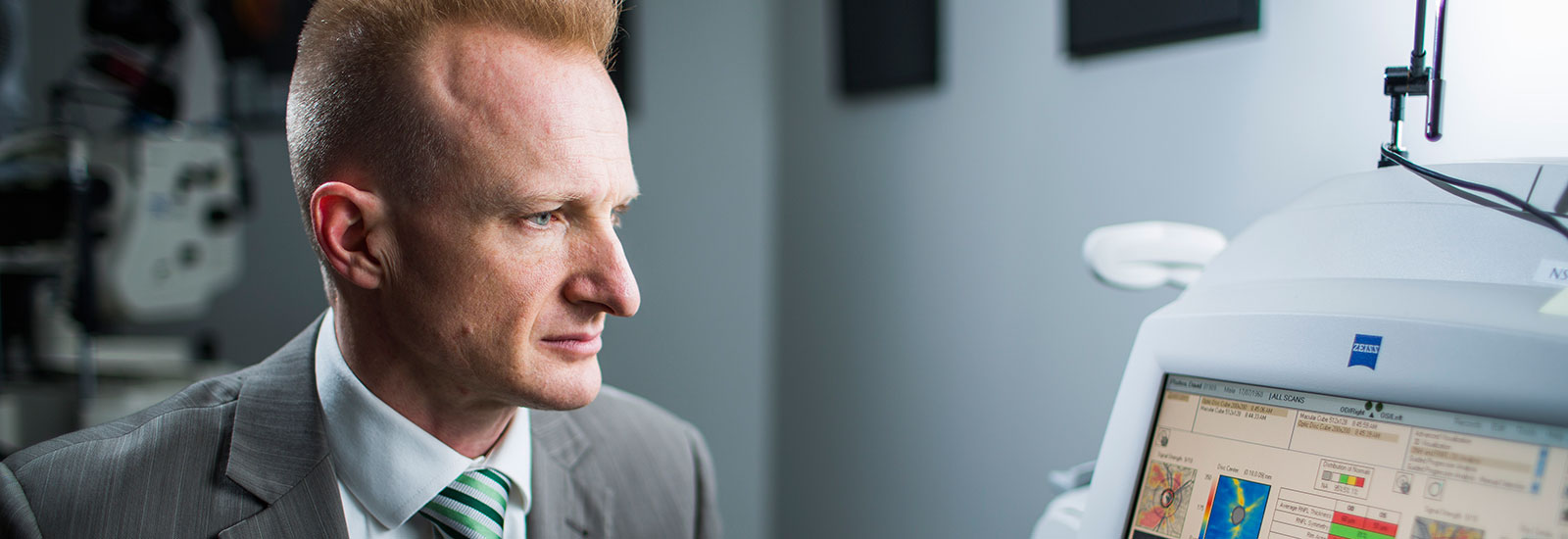







A pterygium is an abnormal growth of the conjunctiva, a thin transparent membrane which usually covers the white of the eye (sclera) across the cornea. It does so most commonly, in response to ultraviolet radiation from the sun. In a minority of cases it causes blindness, but the majority of the time it will be a cosmetic issue and the patient will request surgery to excise it. If it is allowed to grow, it may also affect the curvature of the cornea leading to astigmatism and blurred vision. Rarely, it may show rapid growth and harbour a form of sun cancer.
Patients may initially notice a yellowing and thickening of the conjunctiva on the inner part of the sclera. Over time, this can increase and the thickening can start to enlarge in size and grow over the cornea. If indicated, surgery can be performed to remove it. However, simple measures to slow or prevent its growth can be taken. These include limiting the amount of exposure to sunlight by remaining in-doors between the hours of 10am and 2pm, or using wrap-around sunglasses which completely cover the eyes and allow no sunlight to enter from the sides.

Pterygium before surgery: courtesy of Department of Ophthalmology, Flinders Medical Centre

Pterygium after surgery: courtesy of Department of Ophthalmology, Flinders Medical Centre
Surgery is performed under local or general anaesthetic and involves removing the abnormal growth from the cornea. The unhealthy conjunctiva is then removed from the adjacent sclera and a transplant is taken from the healthy conjunctiva under the patient’s upper eyelid, where the sun hasn’t damaged the conjunctiva. This is then placed over the sclera and secured either with stitches or glue. By using a graft in this way, a recurrence of the pterygium may be prevented.

Severe pterygium before surgery: courtesy of Department of Ophthalmology, Flinders Medical Centre

Severe pterygium after surgery: courtesy of Department of Ophthalmology, Flinders Medical Centre